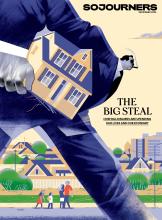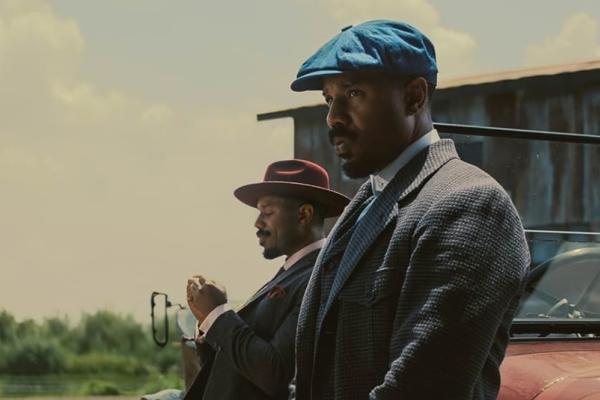May 28, 2025
The Mississippi Delta. 1932. A young Black man (Miles Canton) drives up to a small church building. He climbs out of the car, clutching the neck of a broken guitar. He is covered in blood.
As he approaches the closed doors, a children's choir sings "This Little Light of Mine." The doors open and the young man staggers inside. The left side of his face bears deep claw marks. The pastor, unperturbed, opens his arms and demands the young man — Sammie — come forward. A sudden cut transforms the Black preacher into a white creature, its mouth open and dripping blood, its arms spread wide.
Read the Full Article

Already a subscriber? Login
